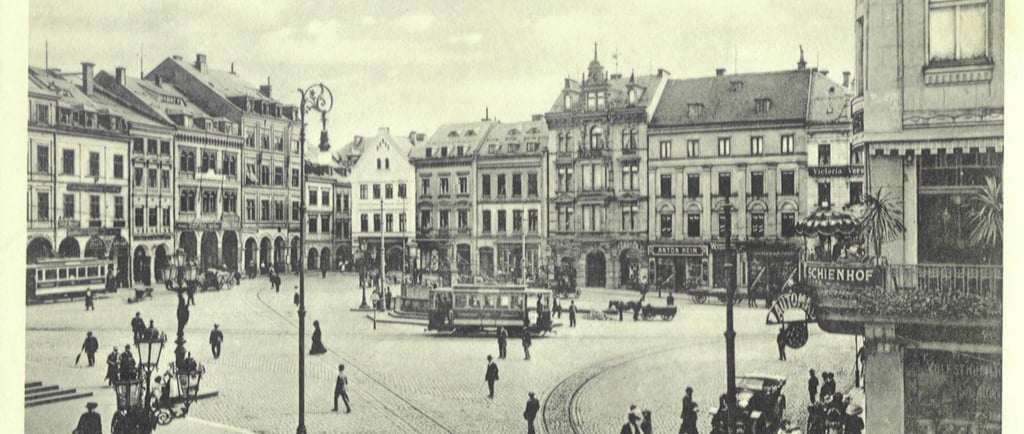History of Liberec
12/5/20232 min read


The first mention of the settlement, formed along the provincial route leading from Bohemia to Lusatia, dates back to the year 1352. The settlement acquired the German name Reichenberg, from which the Czech designation Liberec likely evolved several centuries later.
The development of Liberec was initially influenced by the noble Redern family, who owned the Frýdlant and Liberec estates from the mid-16th century. During that time, the city gained the right to brew beer and hold markets. In 1577, Emperor Rudolf II granted Liberec a city coat of arms, still in use today.
Under the Rederns, Liberec became a hub for textile production, including wool and linen weaving. This tradition was further developed by another owner of the Liberec estate, the military commander Albrecht von Wallenstein, who also founded the New Town of Liberec with today's Sokolov Square. After Wallenstein's violent death, the Gallas family (later linked with the Clam family as Clam-Gallas) acquired the estate and continued to support the business ventures of Liberec's citizens. The second half of the 18th century saw a flourishing textile industry in Liberec, but it marked the decline of original domestic production, giving way to large manufactories. The 19th century brought industrialization to Liberec, with factories, smoking chimneys, and the once clear Nisa River, now dyed blue, a sight that displeased Jan Neruda.
The dynamic development of Liberec's textile industry was epitomized by the name Johann Liebieg, who established one of the largest enterprises in the Austro-Hungarian Empire. At the turn of the 19th and 20th centuries, industrial Liberec became the second most populous city in Bohemia and earned the nicknames "Czech Manchester" or the "Vienna of the North." The early 20th century marked a "golden age" for old Liberec, with the complete reconstruction of the city center, the construction of numerous public buildings, and significant development in tourism and its infrastructure (observation towers, cottages, marked trails) in the surrounding mountains. The positive trend was halted by World War I, and after its conclusion, the city's development was less dynamic.
World War II definitively slowed down the life and prosperity of the city. After the war, there was also a relocation of Liberec residents of German origin to West Germany. The establishment of the communist regime represented another period of stagnation. The situation fundamentally changed only in the early 1990s when, almost miraculously, Liberec resumed the development interrupted before World War I: the historical center was rapidly reconstructed, numerous public buildings were added, tram routes were restored, and significant attention was given to infrastructure and environmental issues.
